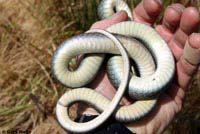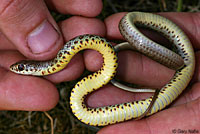North American Racer - Coluber constrictor
Western Yellow-bellied Racer - Coluber constrictor mormon
Baird and Girard, 1852(= Coluber mormon)
Description • Taxonomy • Species Description • Scientific Name • Alt. Names • Similar Herps • References • Conservation Status
 |
|||||||||||||||||||||||||||||||||||||||||||||||||||||||
| Adult, Siskiyou County | |||||||||||||||||||||||||||||||||||||||||||||||||||||||
 |
 |
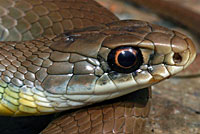 |
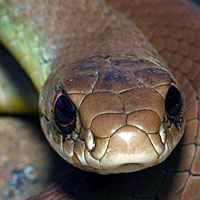 |
||||||||||||||||||||||||||||||||||||||||||||||||||||
| Adult, Yuba County | |||||||||||||||||||||||||||||||||||||||||||||||||||||||
 |
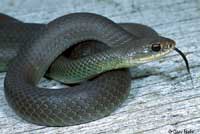 |
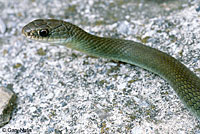 |
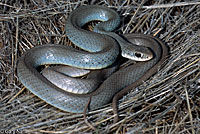 |
||||||||||||||||||||||||||||||||||||||||||||||||||||
| Adult, Yuba County | Adult, San Mateo County | Adult, Tule Lake, Siskiyou County | |||||||||||||||||||||||||||||||||||||||||||||||||||||
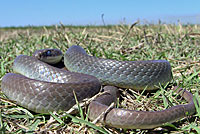 |
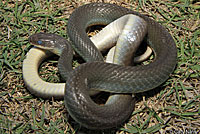 |
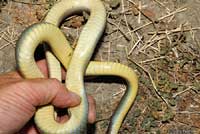 |
 |
||||||||||||||||||||||||||||||||||||||||||||||||||||
| Adult, in shedding phase, Sutter County | |||||||||||||||||||||||||||||||||||||||||||||||||||||||
 |
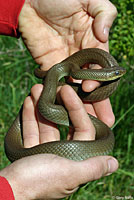 |
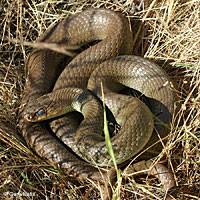 |
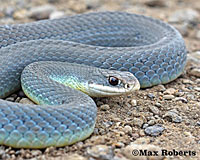 |
||||||||||||||||||||||||||||||||||||||||||||||||||||
| Adult, Sonoma County | Adult, Marin County | Adult, Marin County | Adult, Modoc County © Max Roberts | ||||||||||||||||||||||||||||||||||||||||||||||||||||
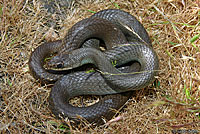 |
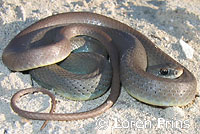 |
 |
|||||||||||||||||||||||||||||||||||||||||||||||||||||
| Adult, San Mateo County | Adult, Lassen County © Loren Prins | Adult, Lassen County © Debbie Frost | |||||||||||||||||||||||||||||||||||||||||||||||||||||
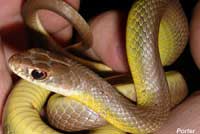 |
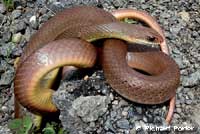 |
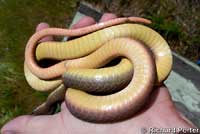 |
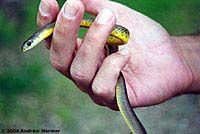 |
||||||||||||||||||||||||||||||||||||||||||||||||||||
| Adult, El Dorado County. © Richard Porter |
Adult with reddish coloring, El Dorado County. © Richard Porter | Adult, San Luis Obispo County © Andrew Harmer |
|||||||||||||||||||||||||||||||||||||||||||||||||||||
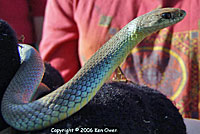 |
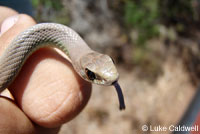 |
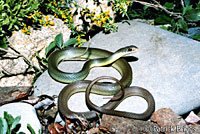 |
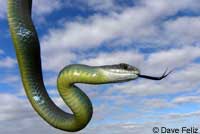 |
||||||||||||||||||||||||||||||||||||||||||||||||||||
| Adult, Santa Cruz Island © Ken Owen Channel Islands Restoration |
Adult, Santa Cruz Island © Luke Caldwell |
Adult, Tulare County © Patrick Briggs | Adult with lots of green coloring, Yolo County. Dave Feliz |
||||||||||||||||||||||||||||||||||||||||||||||||||||
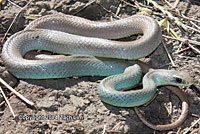 |
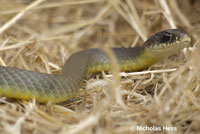 |
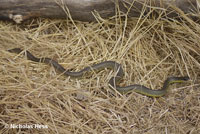 |
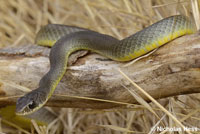 |
||||||||||||||||||||||||||||||||||||||||||||||||||||
| Adult, Yolo County © Zach Lim | Adult, Orange County © Nicholas Hess | ||||||||||||||||||||||||||||||||||||||||||||||||||||||
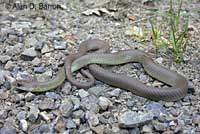 |
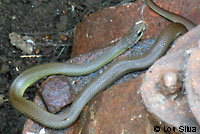 |
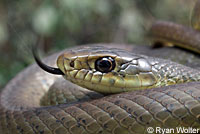 |
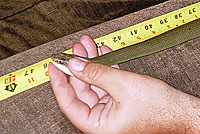 |
||||||||||||||||||||||||||||||||||||||||||||||||||||
| Adult, Del Norte County. © Alan D. Barron |
Adult, Solano County © Lou Silva | Adult, San Diego County © Ryan Wolter | Adult Western Yellow-bellied Racers are typically about 3 feet in length. This one found in Yolo County is almost four feet long. © Richard Porter | ||||||||||||||||||||||||||||||||||||||||||||||||||||
 |
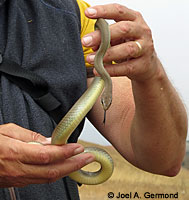 |
 |
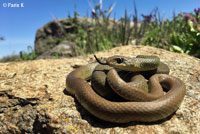 |
||||||||||||||||||||||||||||||||||||||||||||||||||||
| Adult, San Luis Obispo County © Joel A. Germond |
Adult, Santa Monica Mountains, Los Angeles County © Huck Triggs | Adult, San Mateo County © Faris K | |||||||||||||||||||||||||||||||||||||||||||||||||||||
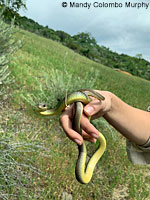 |
 |
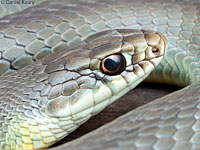 |
|||||||||||||||||||||||||||||||||||||||||||||||||||||
| Adult in habitat, Alameda County © Mandy Colombo Murphy |
Adult from Fresno County in the Central Valley © Daniel Koury | ||||||||||||||||||||||||||||||||||||||||||||||||||||||
 |
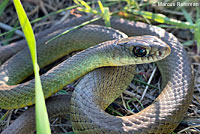 |
 |
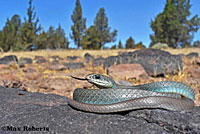 |
||||||||||||||||||||||||||||||||||||||||||||||||||||
| Adult, San Mateo County © Emile Bado | Adult, Santa Cruz County © Marcus Rehrman |
Adult, Modoc County © Max Roberts | |||||||||||||||||||||||||||||||||||||||||||||||||||||
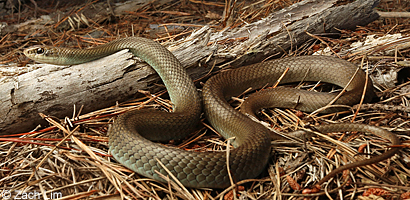 |
 |
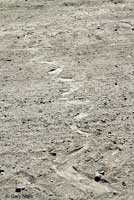 |
|||||||||||||||||||||||||||||||||||||||||||||||||||||
| Adult, San Mateo County © Zach Lim | Adult, Monterey County. Racers sometimes "periscope" raising their head up high to get a better view in tall grass. © Ryan Sikola | Western Yellow-bellied Racer tracks, Sutter County |
|||||||||||||||||||||||||||||||||||||||||||||||||||||
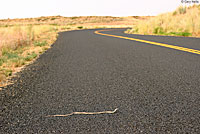 |
 |
||||||||||||||||||||||||||||||||||||||||||||||||||||||
| Adult crossing a road in late afternoon, Modoc Plateau, Siskiyou County |
|||||||||||||||||||||||||||||||||||||||||||||||||||||||
| Western Yellow-bellied Racers From Outside California | |||||||||||||||||||||||||||||||||||||||||||||||||||||||
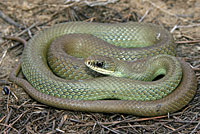 |
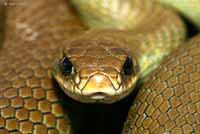 |
||||||||||||||||||||||||||||||||||||||||||||||||||||||
| Adult, Yakima County, Washington | |||||||||||||||||||||||||||||||||||||||||||||||||||||||
| Juveniles | |||||||||||||||||||||||||||||||||||||||||||||||||||||||
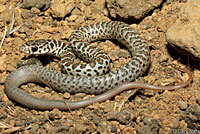 |
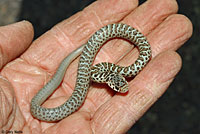 |
 |
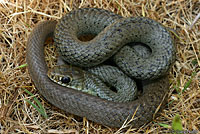 |
||||||||||||||||||||||||||||||||||||||||||||||||||||
| Juvenile, Modoc County | Juvenile, San Mateo County | ||||||||||||||||||||||||||||||||||||||||||||||||||||||
 |
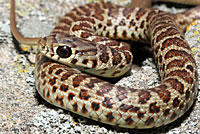 |
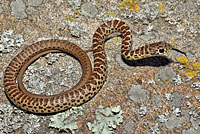 |
 |
||||||||||||||||||||||||||||||||||||||||||||||||||||
| Juvenile, Contra Costa County | |||||||||||||||||||||||||||||||||||||||||||||||||||||||
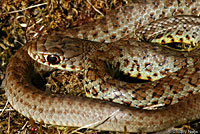 |
 |
||||||||||||||||||||||||||||||||||||||||||||||||||||||
| Juvenile, San Mateo County | Juvenile, Del Norte County. © Alan D. Barron |
||||||||||||||||||||||||||||||||||||||||||||||||||||||
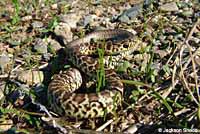 |
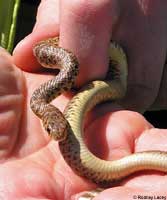 |
 |
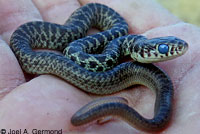 |
||||||||||||||||||||||||||||||||||||||||||||||||||||
| Juvenile, Butte County © Jackson Shedd |
Juvenile, Butte County © Rodney Lacey |
This juvenile from San Luis Obispo County shows the dull colors and milky eye of a snake about to shed its skin. © Joel A. Germond | |||||||||||||||||||||||||||||||||||||||||||||||||||||
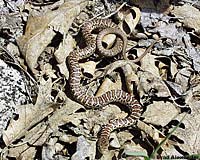 |
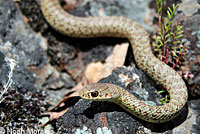 |
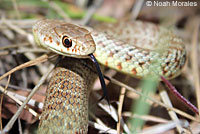 |
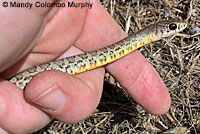 |
||||||||||||||||||||||||||||||||||||||||||||||||||||
| Juvenile, Kern County © Brad Alexander |
Juvenile, Santa Clara County © Noah Morales | Juvenile, Alameda County © Mandy Colombo Murphy |
|||||||||||||||||||||||||||||||||||||||||||||||||||||
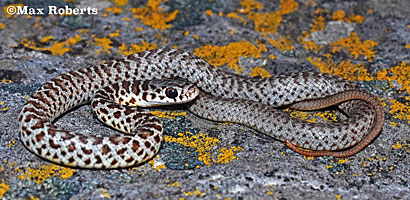 |
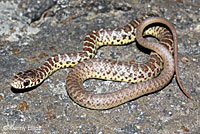 |
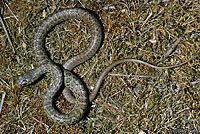 |
|||||||||||||||||||||||||||||||||||||||||||||||||||||
| Juvenile, Modoc County © Max Roberts | Juvenile, © Kenny Elliott | Juvenile, San Mateo County | |||||||||||||||||||||||||||||||||||||||||||||||||||||
| Breeding Behavior | |||||||||||||||||||||||||||||||||||||||||||||||||||||||
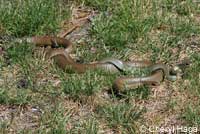 |
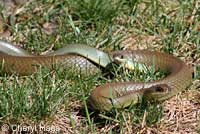 |
||||||||||||||||||||||||||||||||||||||||||||||||||||||
| A pair of breeding adult racers
in a Contra Costa County back yard. © Cheryl Haga |
|||||||||||||||||||||||||||||||||||||||||||||||||||||||
| Feeding | |||||||||||||||||||||||||||||||||||||||||||||||||||||||
 |
 |
||||||||||||||||||||||||||||||||||||||||||||||||||||||
An adult Western Yellow-bellied Racer was observed trying to swallow an Aquatic Gartersnake on a lawn in Sonoma County, but the observers apparently spooked the racer, which dropped the gartersnake then climbed a rose bush. © Don KcKee |
|||||||||||||||||||||||||||||||||||||||||||||||||||||||
| Habitat | |||||||||||||||||||||||||||||||||||||||||||||||||||||||
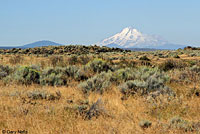 |
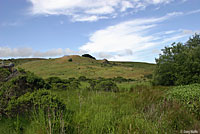 |
 |
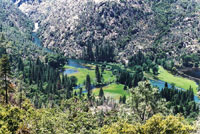 |
||||||||||||||||||||||||||||||||||||||||||||||||||||
| Habitat, Modoc County Great Basin desert |
Habitat, Marin County grasslands | Habitat, San Mateo County riparian | Habitat, Tuolumne County mountains | ||||||||||||||||||||||||||||||||||||||||||||||||||||
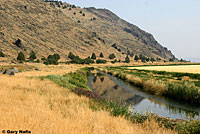 |
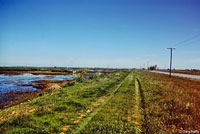 |
 |
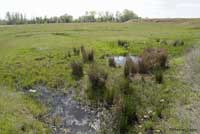 |
||||||||||||||||||||||||||||||||||||||||||||||||||||
| Habitat, 4,100 ft. Siskiyou County |
Habitat, Glenn County, Sacramento Valley |
Habitat, Sutter County agricultural fields | Vernal pools grasslands habitat, Butte County © Rodney Lacey |
||||||||||||||||||||||||||||||||||||||||||||||||||||
 |
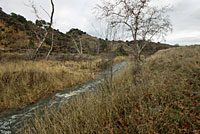 |
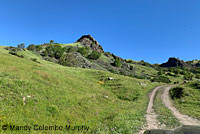 |
|||||||||||||||||||||||||||||||||||||||||||||||||||||
| Habitat, Santa Monica Mountains, Los Angeles County © Huck Triggs |
Habitat, Santa Monica Mountains, Los Angeles County © Huck Triggs |
Habitat, Alameda County © Mandy Colombo Murphy |
|||||||||||||||||||||||||||||||||||||||||||||||||||||
| Short Videos | |||||||||||||||||||||||||||||||||||||||||||||||||||||||
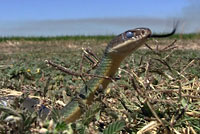 |
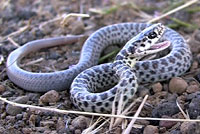 |
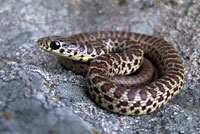 |
|||||||||||||||||||||||||||||||||||||||||||||||||||||
| A large adult racer in bad need of a shed on the crawl in the Sacramento Valley. | A little blotched juvenile racer strikes and crawls away defensively in the Modoc County Great Basin Desert. | A juvenile racer found under a rock in late January in Contra Costa County. | |||||||||||||||||||||||||||||||||||||||||||||||||||||
|
|||||||||||||||||||||||||||||||||||||||||||||||||||||||
|
|||||||||||||||||||||||||||||||||||||||||||||||||||||||
|
The following conservation status listings for this animal are taken from the April 2024 State of California Special Animals List and the April 2024 Federally Listed Endangered and Threatened Animals of California list (unless indicated otherwise below.) Both lists are produced by multiple agencies every year, and sometimes more than once per year, so the conservation status listing information found below might not be from the most recent lists. To make sure you are seeing the most recent listings, go to this California Department of Fish and Wildlife web page where you can search for and download both lists: https://www.wildlife.ca.gov/Data/CNDDB/Plants-and-Animals. A detailed explanation of the meaning of the status listing symbols can be found at the beginning of the two lists. For quick reference, I have included them on my Special Status Information page. If no status is listed here, the animal is not included on either list. This most likely indicates that there are no serious conservation concerns for the animal. To find out more about an animal's status you can also go to the NatureServe and IUCN websites to check their rankings. Check the current California Department of Fish and Wildlife sport fishing regulations to find out if this animal can be legally pursued and handled or collected with possession of a current fishing license. You can also look at the summary of the sport fishing regulations as they apply only to reptiles and amphibians that has been made for this website. This snake is not included on the Special Animals List, which indicates that there are no significant conservation concerns for it in California. |
||
| Organization | Status Listing | Notes |
| NatureServe Global Ranking | ||
| NatureServe State Ranking | ||
| U.S. Endangered Species Act (ESA) | None | |
| California Endangered Species Act (CESA) | None | |
| California Department of Fish and Wildlife | None | |
| Bureau of Land Management | None | |
| USDA Forest Service | None | |
| IUCN | ||
|
|
||
Return to the Top
© 2000 -



